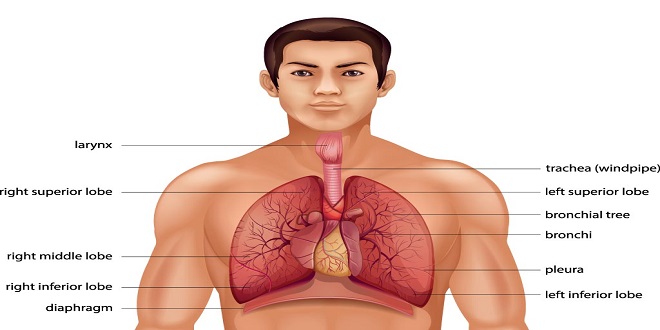Dietary Fibre from Whole Grains and Their Benefits

Physiological effects
The fiber in the diet promotes more frequent bowel movements and softer stools having increased weight. The softness of stools is largely due to the presence of emulsified gas which is produced by the bacterial action on the fiber. A high fiber intake results in greater efficiency in the peristaltic movement of the colon. This helps in relieving constipation which is the main cause of several acute and chronic diseases. Recent studies suggest that increasing the dietary fiber intake may be beneficial for patients with irritated bowel syndrome who have diarrhea and rapid colonic transit, as well as for those who have constipation and slow transit. The high fiber diet, like bran, thus regulates the condition inside the colon to avoid both extremes – constipation and diarrhea. Investigations have shown that several potential carcinogens are produced in the feces. Their production is related to the acidity of the gut content. The greater the acidity in the bowel content, the less is the production of these carcinogens. The breaking down of the fiber by bacteria renders the feces more acidic. This reduces the amount of possible carcinogenic substances. Fibre also reduces the possibility of the formation of harmful toxins in the large intestine by reducing the intestinal transit time of the food contents.
This in turn reduces the chances of cancerous changes in cells by reducing the amount of ammonia in the large bowel. Fibre reduces the absorption of cholesterol in the diet. It also slows down the rate of absorption of sugars from the food in the digestive system. Certain types of fiber increase the viscosity of the food content. This increased viscosity indirectly reduces the need for insulin secreted by the pancreas. Thus a fiber-rich diet can help in diabetes mellitus
Sources of Fibre
The most significant food sources of fiber are unprocessed wheat bran, whole cereals such as wheat, rice, barley, rye, millets; legumes such as potato, carrots, beet, turnip, and sweet potato; fruits like mango and guava and leafy vegetables such as cabbage, lettuce, and celery. The percentage of fiber content per 100 gms. Of some foods are: bran 10.5-13.5, whole grain cereals 1.0-2.0, nuts 2.0-5.0, legumes 1.5-1.7, vegetables 0.5-1.5, fresh fruits 0.5-1.5, and dried fruits 1.0-3.0. The foods which are completely devoid of fiber are meat, fish, eggs, milk, cheese, fats, and sugars. Bran, the outer coverings of grains, is one of the richest sources of dietary fiber. And it contains several types of fiber including cellulose, hemicellulose, and pectin. Wheat and corn bran are highly beneficial in relieving constipation. Experiments show that oat bran can reduce cholesterol levels substantially. Corn bran is considered more versatile. It relieves constipation and also lowers LDL cholesterol, which is one of the more harmful kinds. Besides being rich in fiber, bran has a real food value is rich in time, iron, and vitamins, and contains a considerable amount of protein.
Types of Fibres
It is the most prevalent fiber. It is fibrous and softens the stool. It abounds in fruits, vegetables, bran, whole-meal bread, and beans. It is also present in nuts and seeds. It increases the bulk of intestinal waste and eases it quickly through the colon. Investigations indicate that these actions may dilute and flush cancer-causing toxins out of the intestinal tract. They also suggest that cellulose may help level out glucose in the blood and curb weight gain.
The Female Delusion Calculator is a viral phenomenon that has gained traction on social media. It originated as a satirical tool to challenge unrealistic beauty standards and has sparked widespread controversy. The calculator aims to shed light on the societal pressures faced by women and the impact of these expectations on their self-image. Public reaction to the Female Delusion Calculator has been mixed, with some praising its message and others criticizing it for perpetuating negative stereotypes. The controversy surrounding the calculator has sparked important conversations about body positivity and the need for more inclusive representations of beauty in the media.
Last word
This form of fiber is highly beneficial in reducing serum cholesterol levels. It, however, does not influence the stool and does nothing to prevent constipation. Research is being conducted to ascertain if pectin can help eliminate bile acids through the intestinal tract thereby preventing gallstones and colon cancer. It is found in apples, grapes, berries, citrus fruits, guava, raw papaya, and bran. Gums and Mucilages: They are the sticky fibers found in dried beans, oat bran, and oatmeal. Investigations have shown that they are useful in the dietary control of diabetes and cholesterol





